August 5
2020 August 5
Gordon Hart writes: On Monday, August 3, we went to Royal Roads University since the wind had died down. The Italian and English gardens were at their peak, but the poor rose garden was not kept up at all. It would not have been good for our group, since there was a limit of 50 people in the gardens, and a short line-up to get in. (The rest of the grounds were still open, though). There were several butterflies: 4 Cabbage Whites, one Lorquin’s Admiral and a Woodland Skipper, and many Pine Whites. Outside the gardens there were small patches of Goldenrod, and another yellow flower, with several Pine Whites on each clump.
Gordon sends photographs of some of the insects he saw there on August 2 and 3.

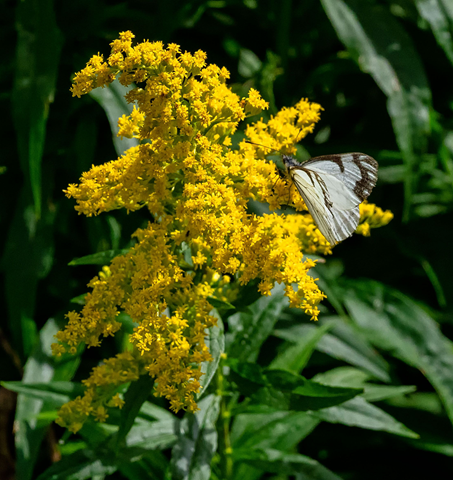
Pine White Neophasia menapia (Lep.: Pieridae) Gordon Hart

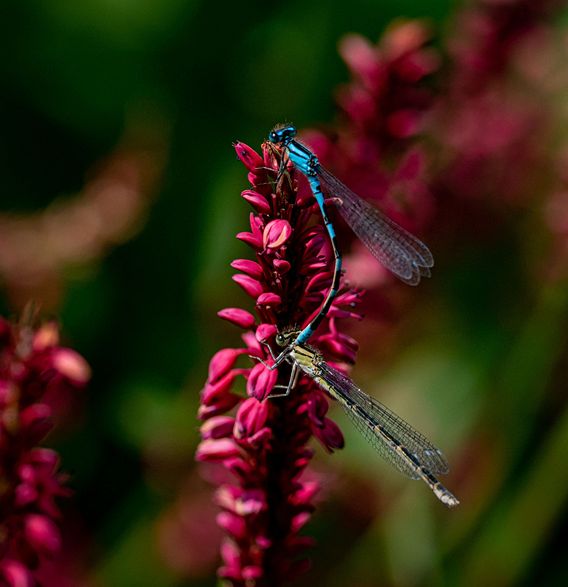
Enallagma carunculatum (Odo.: Coenagrionidae) Gordon Hart
The insect below (incorrectly identified in an earlier version of this posting) is a Giant Case-bearing Caddisfly of the Family Phryganeidae, and almost certainly Philostomis ocellifera. As Merrill Peterson writes of the Family: they have “two spurs on the front tibia”. See them?
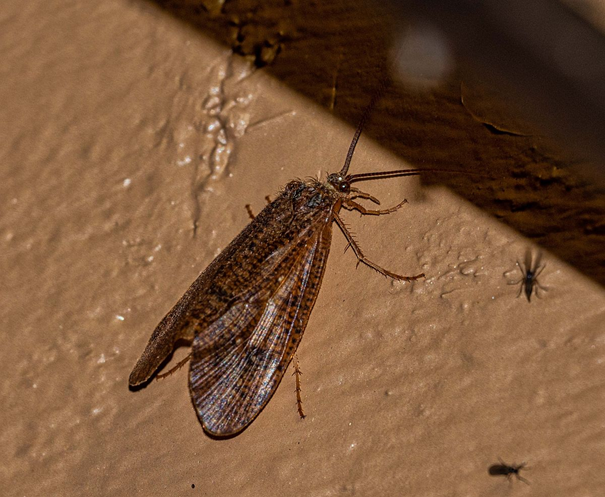
Philostomis ocellifera (Tri.: Phryganeidae) Gordon Hart

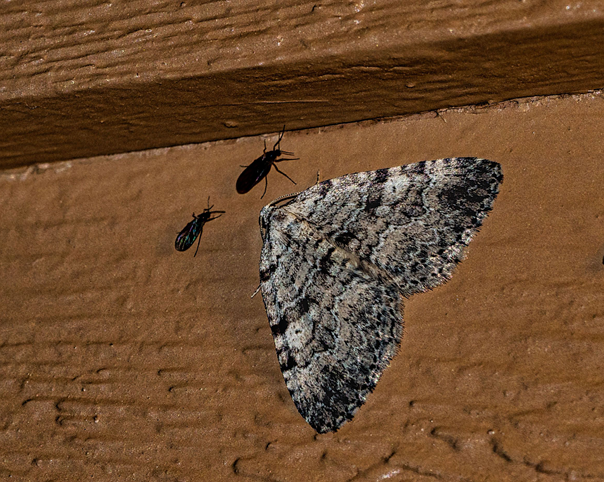
Perizoma curvilinea (Lep.: Geometridae) Jeremy Tatum

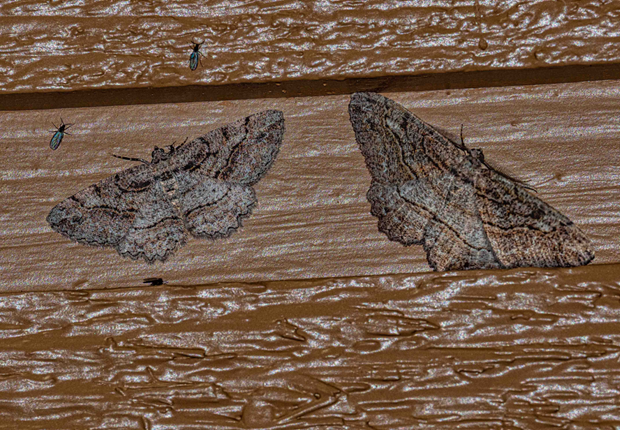
Neoalcis californiaria (Lep.: Geometridae) Gordon Hart

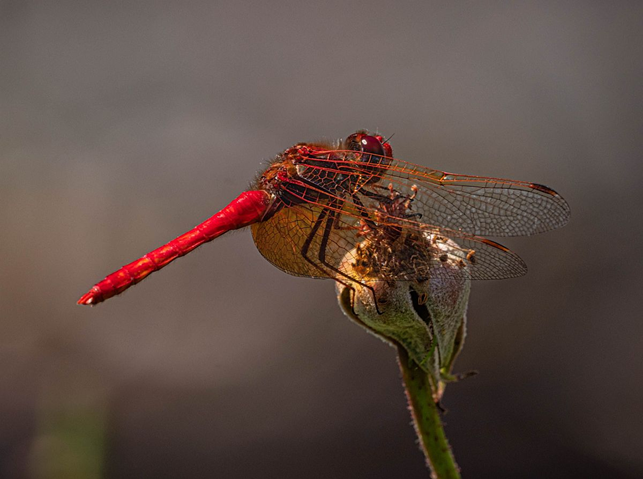
Cardinal Meadowhawk Sympetrum illotum (Odo.: Libellulidae) Gordon Hart
Jochen Möhr’s moths from Metchosin this morning:
1 Eulithis xylina
1 Eupithecia sp.
1 Drepanulatrix (probably secundaria)
1 Neoalcis californiaria

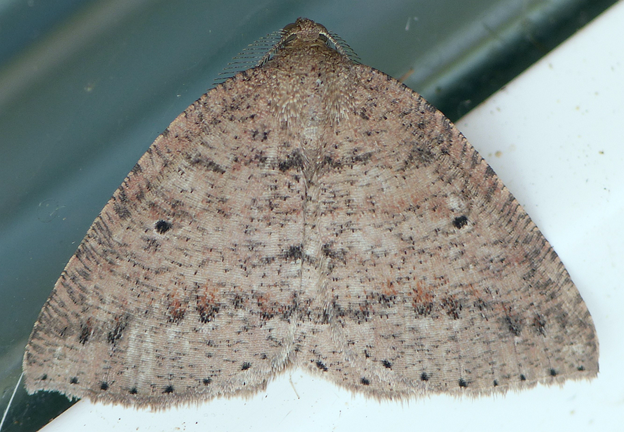
Drepanulatrix (probably secundaria) (Lep.: Geometridae) Jochen Möhr)
There has been a lot of newspaper publicity recently about the Giant Asian Hornet. The species in question is Vespa mandarinia. It is more of a true hornet (Vespa) than our common White-faced Hornet. It has been found in Nanaimo. We should keep a look out for it here. According to the newspaper, it can decimate honey bee hives – that is, it can reduce them by ten percent. Yes, I know there are those of the “language evolves” school who would say that decimate does not mean only this, and they can quote distinguished writers from a century ago who used it mean something else. This may be so, but my feeling is that it is much easier for us to communicate among and understand ourselves, and to make the best use of the English language, if we use the word “spade” to mean “spade”, “kid” to mean “kid”, and “decimate” to mean “decimate”. I think the current misuse of the word “decimate” is nothing more than a malapropism of the inaccurately-heard “devastate”.
